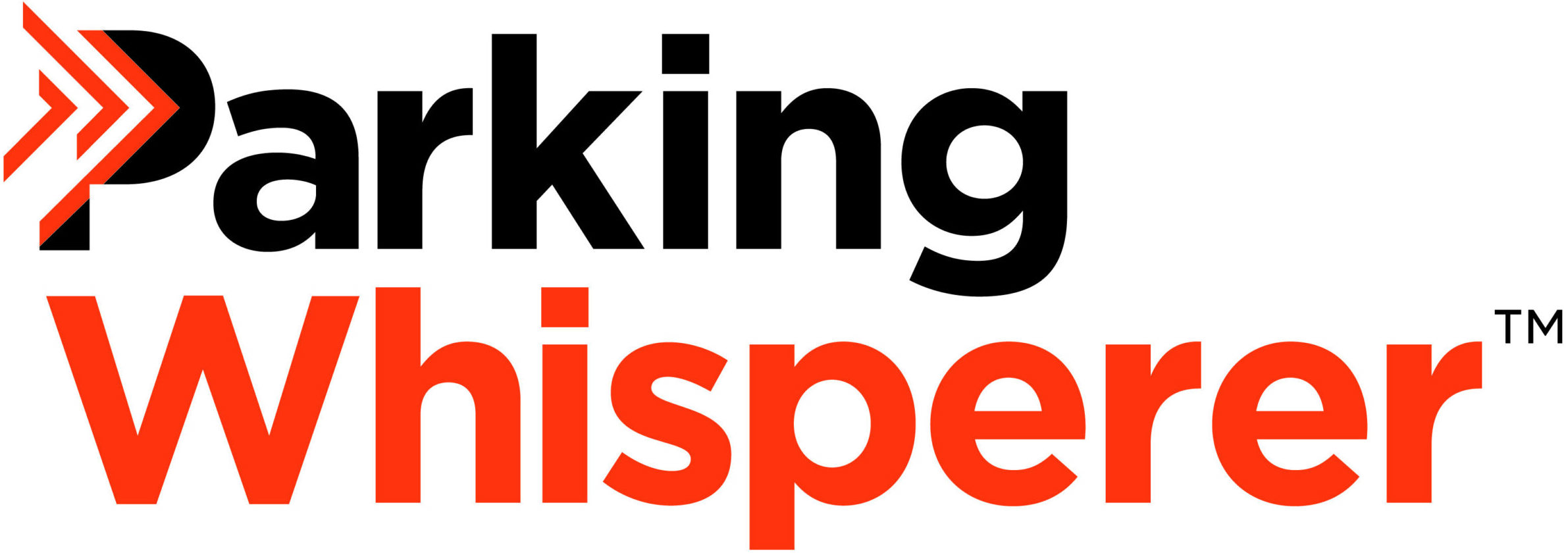
by John Oglesby
First, the recap: You received an RFP (Request for Proposal) and are invited to bid. It is by invitation only. It has the typical RFP framework: It reads that this email and attachments are the RFP. Please send one to three representatives to this address, at this time, for these two garages, multiple surface lots, and on-street parking. A new unique sports venue will be a extraordinary opportunity, so bring your creativity.
The way to win this RFP is by making your case for THIS location. Beyond that, this is yours to win. Your TOTAL focus is to prove it to me, the client (the owner, manager, operator, sports venue, retailers, office, and resident committee). They know very little about parking but expect this new venue and additional retailers coming in to FILL these locations and have validations. Oh yes, there is a nice hotel, and a planned medical clinic, so just about every type of user you can imagine. Finally, this owner is motivated and well-funded and plans on recreating this project in ten-plus cities in the next five years.
What happened, and what were the keys to winning?
Of the ten invited, eight bid. Of the eight bids, four (including the incumbent) decided to travel to beautiful Florida and bring 1-4 people (one brought a physical pay station). Every team had at least one friend of the consultant. One team was 40 minutes late. One team brought only one local person, and one brought 1-2 people who made no comments other than to introduce themselves.
If you read this article, you are likely interested in one of two things. Who won, and who could/should have won? Without any negatives or mistakes made (those will be discussed in installment three), let’s talk about why perhaps they shouldn’t have won, and how the odds were stacked against them. Installment Three and beyond, is like a post-credit scene from a Marvel film.
The short answer is it was the team that followed the ONE-page RFP who won. They focused all of their efforts on why they were the best fit for this location, in this city, with these (varied) stakeholder needs. They researched the ownership, spent some time on the site after the pre-bid, walked the retail, area, visited the hotel and office sites, and even had lunch at one of the restaurants.
They shouldn’t have won (by conventional reasoning). They (only) brought two people. One from the distributor and one from the manufacturer. They were FORTY minutes late. They had trouble hooking up their pay station for a demo. They only had about twelve minutes to present. Although known to the consultant, they weren’t friends. They hadn’t worked together before; they weren’t even a provider that was doing particularly well in the industry at this time. They were playing catch-up in 2023.
So how did they win? How did they beat out the incumbent provider, the largest and best-known provider, the (by far) least expensive provider, the two teams that had friends, good friends of the consultant, and how did they, over from fourth (of four on the early unshared ranking card) and from the most qualified bidder?
They read the room. They listened. They were the most prepared. They were the only ones that brought a manufacturer’s rep with them, and they both presented. They brought their pay station. They had customized their pay station with on-site logos and had something of value and importance to “reach” each member of the client and consulting teams. They had reached out to the venue’s little-known ticket provider and initiated full integration talks, and had at least one physical meeting with them.
They spoke of other locations only when asked by the client. They focused entirely on this location, it’s challenges and opportunities, and its soul. They apologized profusely for their tardiness. They opined that they should have stayed on-site at the local hotel instead of the 45 (but took 90 this day) minute drive away. They never asked for extra time, and they found a way to do their 50-minute presentation in 12 minutes with the parts that mattered.
I always offer exit interviews to the winners and those who learned a little bit more (or have the opportunity to do so), as there are no losers. Value to the readers, as well, in this case.
In the third installment, we review lessons learned by the other bidders. We will also explore how a few minor tweaks to the other bidders would have led to a different outcome. It is amazing how close these wins or loses can come. How easy it is to be a little too boilerplate or a little too arrogant. Stephen Covey often said, “Seek first to understand, then be understood.”
This article originally appeared in the July, 2023 issue of Parking Today
https://www.parkingtoday.com/articledetails.php?id=3782&t=when-is-an-rfp-not-an-rfp-part-2

Comments are closed